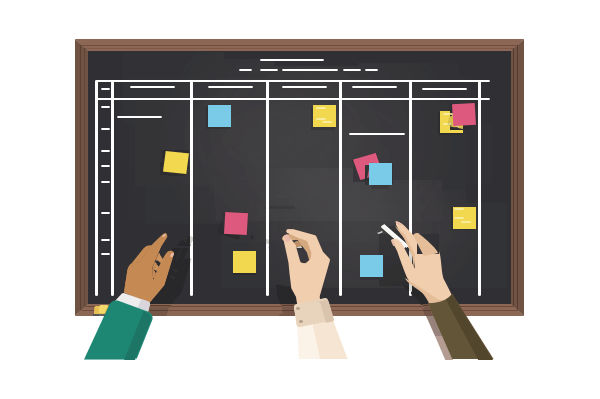A Comprehensive Guide to Card Sorting in User Experience Research

Card sorting is a highly useful research method for information architecture that can increase navigation usability. It is a test that researchers can utilize when they want to organize sets of information into intuitive groups.
Card sorting shows how customers expect your content to be organized. It is useful to conduct a card sort with a user testing software when you have a lot of content to organize. Pair this user testing method with another great technique called tree testing to optimize findability.
An Example: Hardware Store
Let’s say you are working on an e-commerce website that sells hardware. As a researcher, you want to make sure you are organizing items into categories that make the most sense for your customers. Your goal is to create an organization that is intuitive so users can find what they are looking for.
On your hardware website, you will have many different groupings, such as appliances, bathroom, kitchenware, lawn & garden, plumbing, etc.
In order to understand what categories make logical sense for your company’s homepage, you should recruit 5 participants that represent your target customer. Those participants will be asked to group items in a way that makes the most sense to them.
By running through this exercise with a few participants, you can gather enough feedback to meet the expectations of future customers. It will give you strong insights on how your target user categorizes information.
Open vs Closed vs Hybrid
- Open card sorting: Participants are asked to group cards into categories that make sense to them while also labeling each category in a way that they feel accurately describes the content.
- Closed card sorting: The researcher will label the groups such as “Appliances” “Bathroom” “Kitchenware” or “Lawn & Garden”. Participants will be asked to sort cards into those pre-defined groups.
- Hybrid card sorting: This is a mixture of both open and closed card sorts. Participants can sort cards into categories the researcher has already defined, as well as creating other categories if they think your categories are not comprehensive.
Moderated vs Unmoderated
Once you decide which of the above works best for your organization, you need to decide if you will conduct a moderated or unmoderated session.
A moderated card sort is when you ask the participant to perform the card sort in a one-on-one interview. The advantage of moderated card sorting is that you can ask follow up questions to uncover the participant’s rationale.
With unmoderated card sorting, the participants will organize content into groups on their own, usually via an online tool, with no interaction from the facilitator. Participants will be instructed to think out loud when they are categorizing the cards. This option is generally faster and less expensive than moderated card sorting.
Paper vs Digital
As a researcher, you will also have the option between paper card sorting and digital card sorting.
Paper card sorting is the traditional, in-person form of card sorting. Topics are written on index cards and users are asked to create their groups on a large table. The biggest advantage to paper card sorting is that it is intuitive for the study participants: all they have to do is organize index cards into piles on a table.
It’s also easier for people to manipulate a very large number of cards on a big table than it is to manipulate them on a computer screen.
However, the downside of paper is that it’s more work for the researcher since they have to manually document each participant’s groups and input them into a tool for analysis.
Digital typically requires a user testing software to simulate index cards that participants can drag and drop into groups. This method is generally easiest for researchers because software can analyze the results from all the participants and reveal which items were most commonly grouped together. Utilize a free software like Trello to conduct a digital card sort.
The downside to digital is that technical issues can cause frustration.
Things to keep in mind
– Avoid topics that contain the same words, since participants will tend to group those cards together.
– Don’t forget to add a category for “I don’t know” and “Unsure” cards so participants don’t force items into groups.
– If you see that certain items are frequently uncategorized, try to determine if it’s a labeling issue or a content issue.
– Each study can contain up to 60 cards.
Start getting user feedback today


